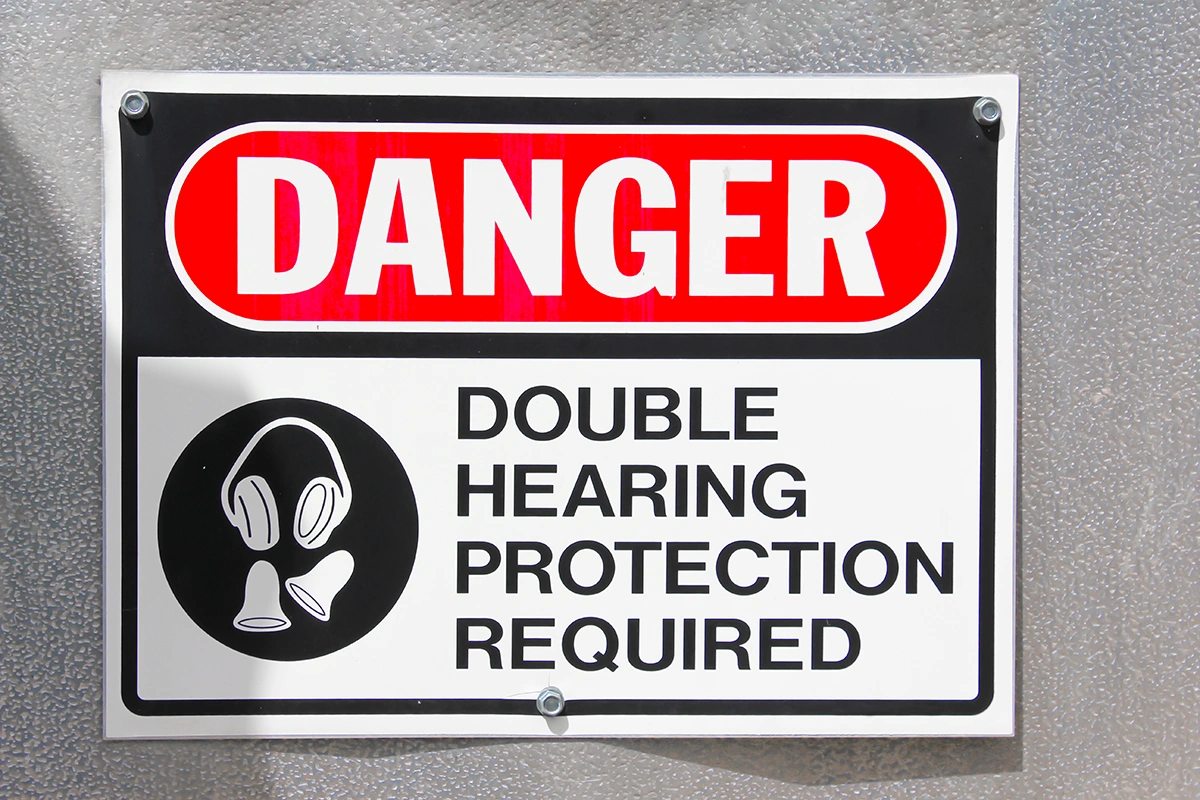
Approximately 40 million adults in the U.S. have noise-induced hearing loss (NIHL)1. While standard hearing protection like earplugs or earmuffs can significantly reduce dangerous noise exposure, there are situations where additional protection is necessary. This is where double hearing protection comes in.
In this guide, we explain what double hearing protection is, when it is needed, and offer tips for using it effectively.
What Is Double Hearing Protection (DHP)?
Double hearing protection (DHP) is exactly what it sounds like: wearing two types of hearing protection at the same time. Also known as dual hearing protection, DHP is used in places where the noise levels are so high that regular hearing protection just isn’t enough.
This could mean wearing two hearing protection devices (HPDs) simultaneously, such as earplugs with earmuffs, or by using HPDs that come with double the standard hearing protection in one device. The idea is to create an extra layer of defense for your ears in extremely noisy environments to reduce the risk of noise-induced hearing loss (NIHL).
What is Noise-induced Hearing Loss (NIHL)?
Noise-induced hearing loss (NIHL) is a type of sensorineural hearing loss (SNHL) that occurs when loud sounds permanently damage the inner ear. Our inner ear contains fragile hair cells that are essential for hearing. Any sound 70 dB or higher has the potential to harm these delicate hair cells, and once the damage occurs it is permanent.
Repeated or prolonged exposure to loud sounds, or even one extremely loud sound can cause permanent noise-induced hearing loss. However, by using hearing protection with an effective noise reduction rating, NIHL is entirely preventable.
Hearing Protection Devices and Noise Reduction Ratings
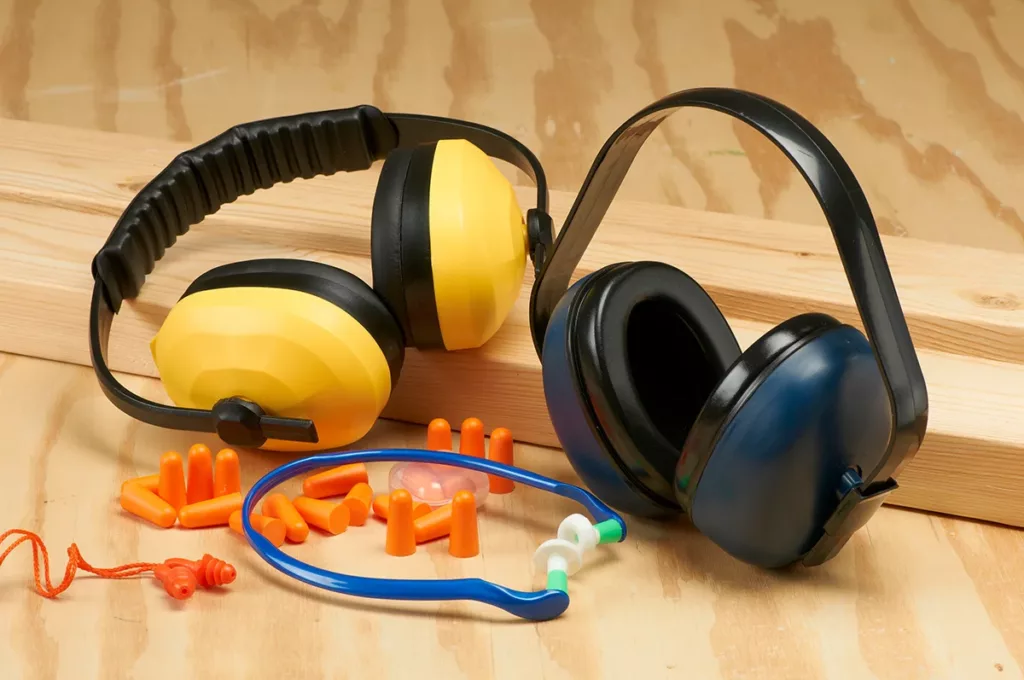
Hearing Protection Devices (HPDs) are worn to safeguard your hearing and lower the risk of noise-induced hearing loss in noisy environments. They work by reducing the intensity of sound waves that reach your inner ear, protecting you from potential hearing damage. All HPDs are assigned a noise-reduction rating (NRR), which measures how effective they are at reducing noise.
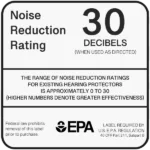
Noise reduction rating (NRR) is a numerical rating that represents the maximum number of decibels (dB) the device can reduce the intensity of noise. Higher NRR values indicate greater sound reduction when they are worn correctly.
There are many types of hearing protection devices to choose from, each designed to suit different needs and preferences:
- Disposable earplugs: These one-time-use earplugs are typically made of foam and are inserted into the ear canal to block noise.
- Reusable earplugs: Typically made from silicone, this type of earplug is more durable and can be worn repeatedly while remaining effective.
- Custom molded earplugs: These earplugs are custom molded to the specific shape of your ear for the most comfortable and effective fit possible.
- In-ear Monitors (IEMs): These custom-molded, electronic earplugs can amplify desired sounds while simultaneously reducing harmful noise levels.
- Earmuffs: These cover the entire outer ear to reduce noise.
- Electronic earmuffs: Also worn over the ears, these earmuffs can amplify desired sounds while simultaneously reducing harmful noise levels.
How to Calculate Double Hearing Protection
When you wear double hearing protection, you don’t simply add the NRRs of both devices. Below, we explain how to calculate the effectiveness of double hearing protection according to the Occupational Safety and Health Administration (OSHA)2:
| How to estimate noise exposure when wearing double hearing protection: | Example: |
|---|---|
| 1. Determine the decibel (dB) level of noise exposure without protection | Unprotected noise exposure = 100 dB |
| 2. Determine which of the two HPDs have the higher NRR and subtract 7 from that rating | Higher NRR: 30 – 7 = 23 |
| 3. Then add 5 to account for the use of the second HPD | 23 + 5 = 28 |
| 4. This is the estimated NRR of the double hearing protection | 28 dB |
| 5. Subtract the original decibel (dB) level of noise exposure without protection from the number you just got | 100 – 28 = 72 dB |
| 6. This is your estimated noise exposure while wearing double hearing protection | 72 dB |
It’s important to remember that real-world protection can vary. Factors like the fit of the hearing protection devices and the specific environment can affect how much protection you actually get.
When Should You Use Double Hearing Protection?
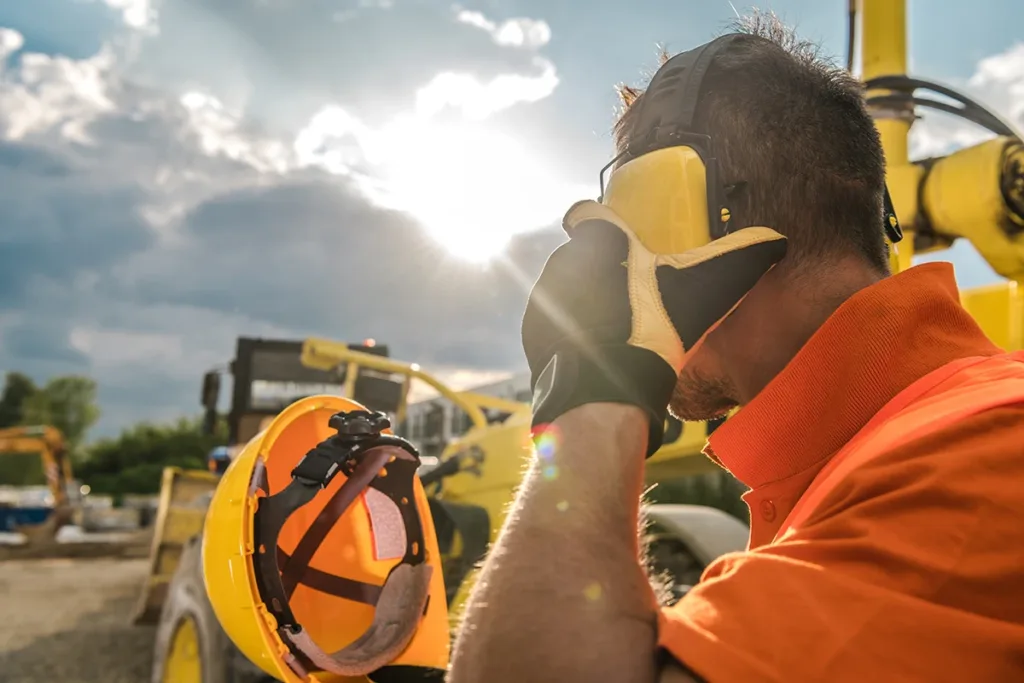
Noise-induced hearing loss is permanent, but with the right precautions, it can be avoided. Whether it be from occupational noise exposure or even recreational activities, knowing when you should use double hearing protection is crucial. When worn correctly, this added layer of defense can greatly reduce the risk of noise-induced hearing loss.
Important Reminder: Hearing protection devices should never completely block out sound. You should always maintain situational awareness and be able to hear important warnings and environmental cues while wearing hearing protection.
Double Hearing Protection at Work
OSHA mandates that employers establish a hearing conservation program if noise levels meet or exceed 85 dB over an 8-hour time-weighted average (TWA)3. However, for industries that involve frequent exposure to sounds at or above 100 dB, double hearing protection may be required.
For instance, the Mine Safety & Health Administration (MSHA) mandates double hearing protection in mining operations for noise exposures exceeding 105 dB in an 8-hour TWA4. Similarly, the National Institute for Occupational Health and Safety (NIOSH) advises that workers exposed to an 8-hour TWA noise level exceeding 100 dB should use dual hearing protection5.
No matter your industry, if you are regularly exposed to loud noise, it’s important to take proper steps to protect your hearing at work. Occupations that are most at risk of noise-induced hearing loss include:
- Airport ground crew
- Construction workers
- Industrial workers
- Military personnel
- Miners
- Logging and sawmill workers
- Oil and gas industry workers
- Entertainment industry performers or technicians
- Railroad workers
- Firefighters
Double Hearing Protection Recreationally
Without proper hearing protection, even some of your favorite recreational activities can put you at risk of developing NIHL. A good rule of thumb is to wear double hearing protection when exposed to noise levels over 80 dB for extended periods, and when exposed to 100+ dB for any length of time.
The table below lists common noise sources, their decibel levels, and when double hearing protection is recommended based on exposure time:
| Noise Source | Average Decibels (dB) | Double Hearing Protection |
|---|---|---|
| Gas-powered tools like a lawn mower | 80 dB | 2+ hours of exposure |
| Motorcycles, chainsaws, speedboats | 90 dB | 1+ hours of exposure |
| Live music concerts, sporting events | 100 dB 105 dB 110+ dB | 15 – 20 minutes of exposure 5 minutes of exposure 2 minutes of exposure |
| Hunting and shooting | 120+ dB | Always |
Discover the Best Hearing Protection for You at Audibel
Noise-induced hearing loss is common, but entirely preventable with the right strategies. By using proper hearing protection devices and practicing safe habits, you can preserve your hearing health for years to come.
Protecting your hearing is an investment in your long-term well-being. Don’t wait until it’s too late— find an Audibel hearing clinic near you today.
References
- Noise-Induced hearing loss. (2022, March 16). NIDCD. https://www.nidcd.nih.gov/health/noise-induced-hearing-loss
- Hearing protection. (2018). In WORKER HEALTH AND SAFETY FACT SHEET [Fact sheet]. Oregon OSHA. https://osha.oregon.gov/OSHAPubs/factsheets/fs80.pdf
- Occupational noise exposure – Overview | Occupational Safety and Health Administration. (n.d.). https://www.osha.gov/noise
- U.S. Department of Labor Mine Safety and Health Administration. (2006). Hazards of noise. https://www.msha.gov/sites/default/files/Alerts%20and%20Hazards/HH%20Cards/HH-15%20Hazards%20of%20Noise.pdf
- Noise and hearing loss. (2024, January 30). Noise and Hearing Loss. https://www.cdc.gov/niosh/noise/about/noise.html

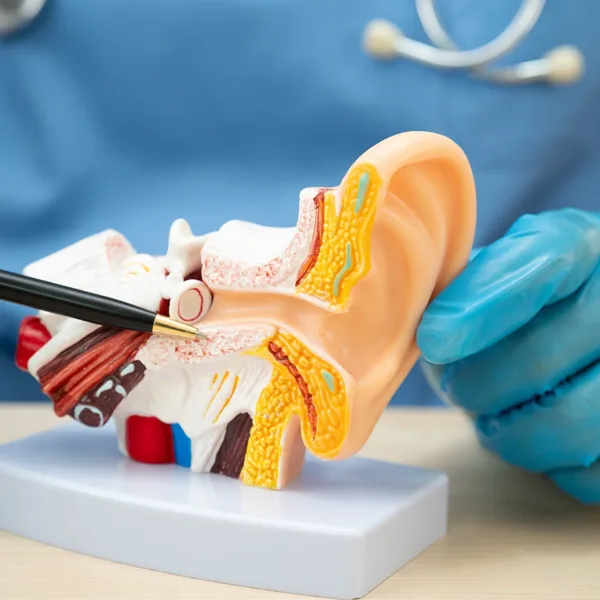
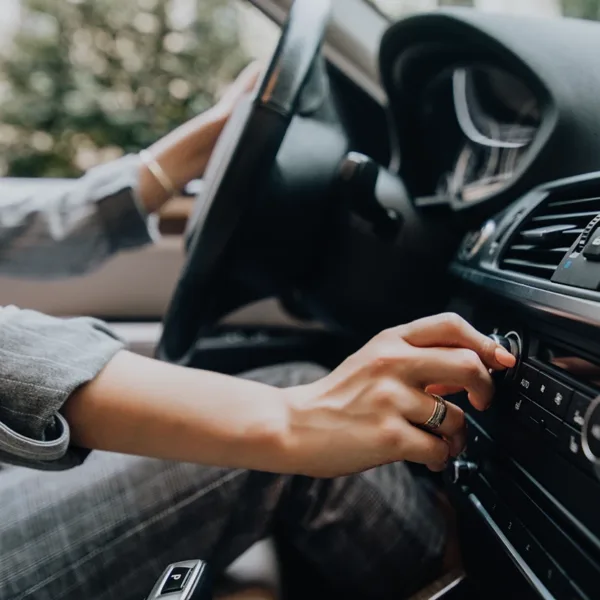
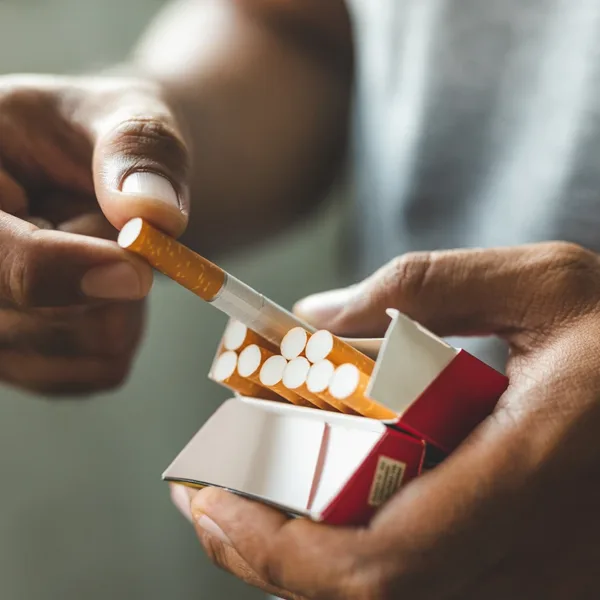

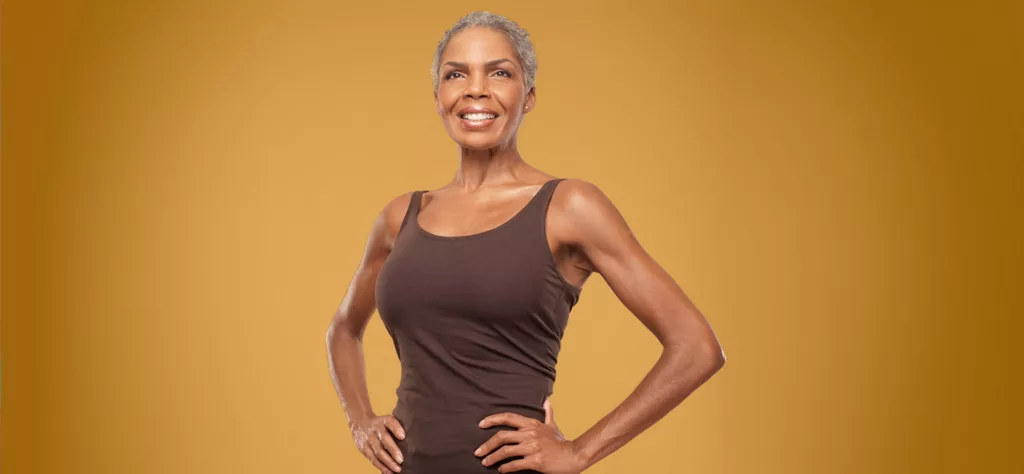

Have a question or Comment?